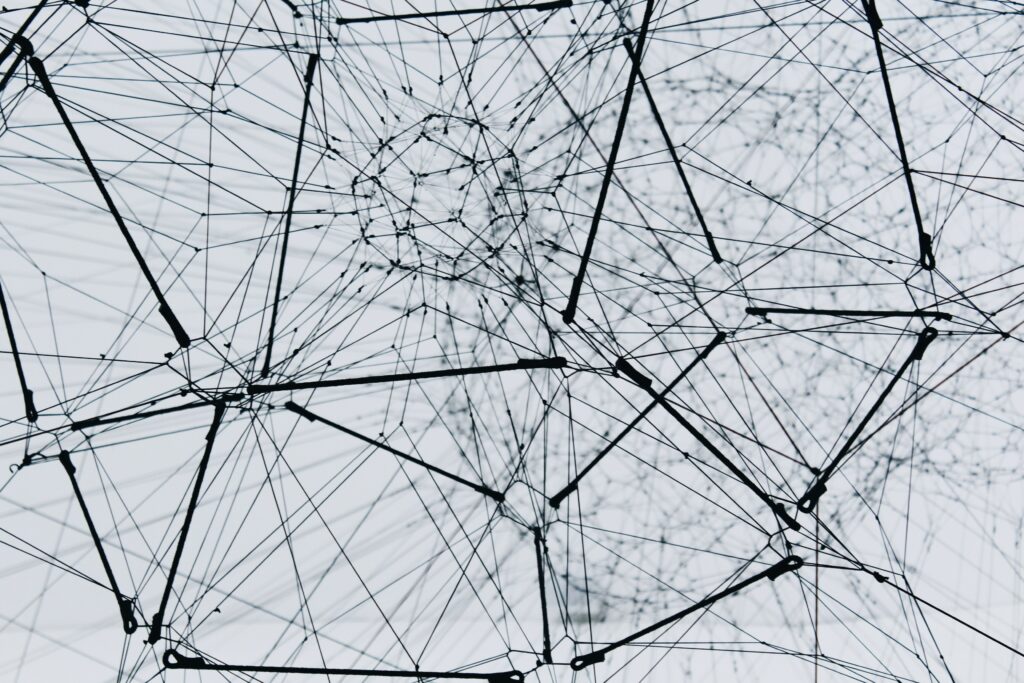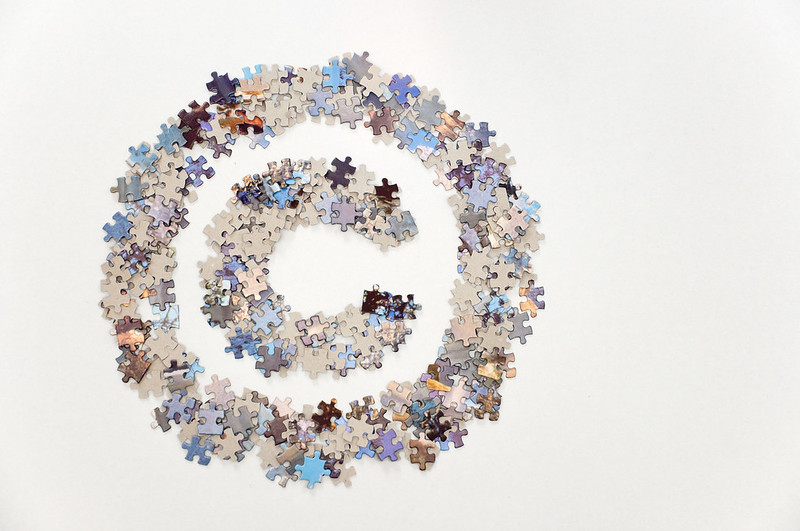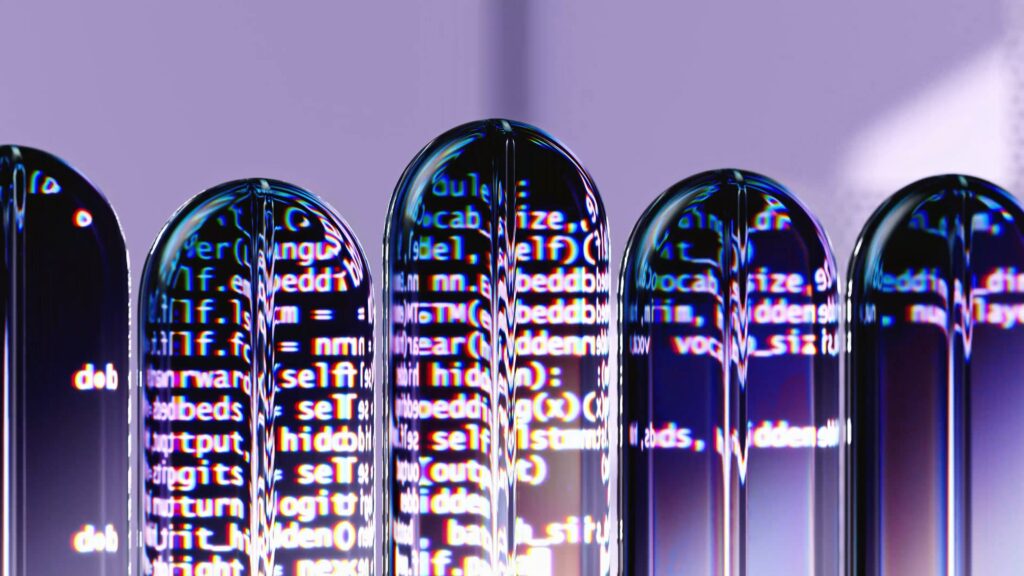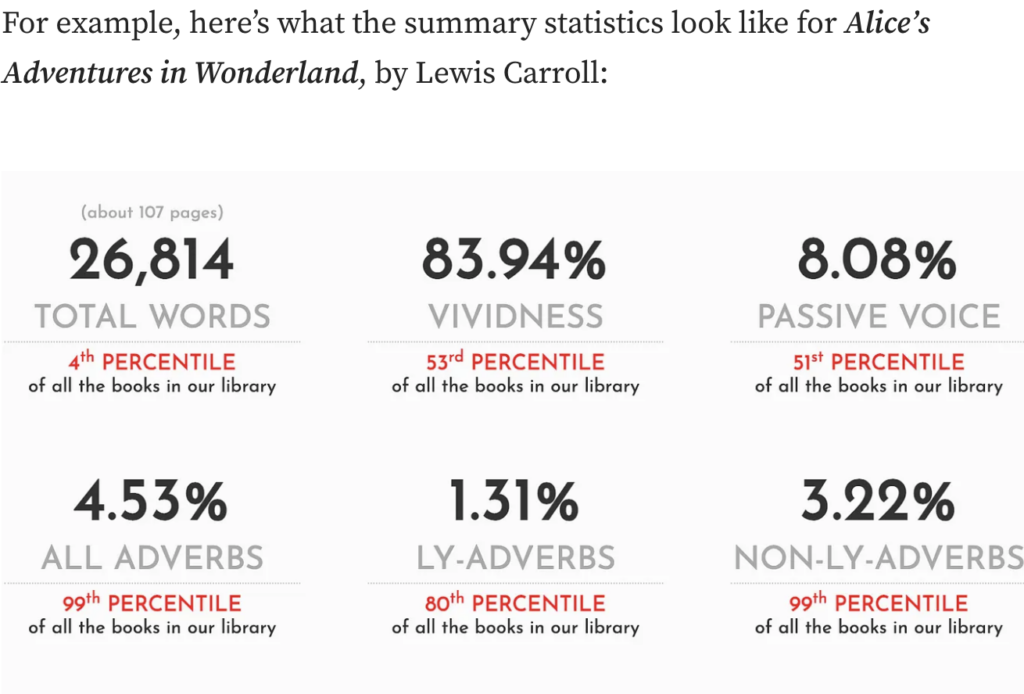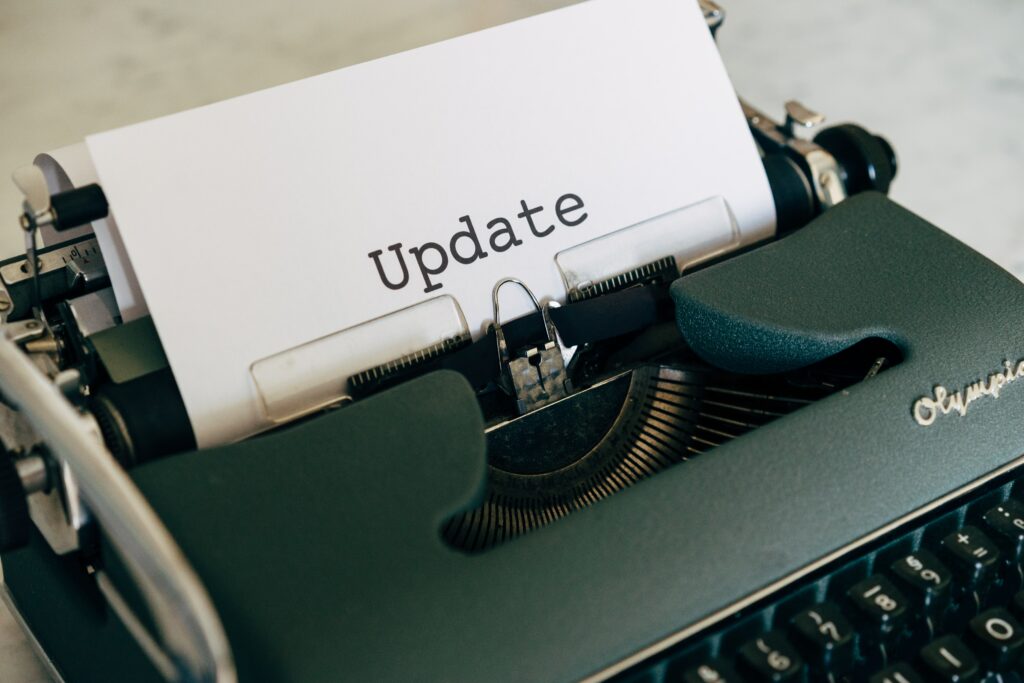
Last week, the Court of Appeals for the D.C. Circuit released its opinion in the American Society for Testing and Medical Materials v. Public.Resource.org (“ASTM v. PRO”), an important fair use case that has been percolating in the D.C. Circuit for the past few years. Authors Alliance filed an amicus brief in the case in support of Public Resource, along with the Library Futures Institute, the EveryLibrary Institute, and Public Knowledge. The case is about public access to the law and the role of fair use in safeguarding that access, but it also has big implications for the ever-evolving doctrine of fair use. In general, we applaud the decision, which found for Public Resource, affirming the importance of access to the law and the important role that the fair use doctrine plays within copyright law. In today’s post, we summarize the case and offer our thoughts about what it might mean for fair use going forward, particularly regarding cases that impact our members and their interests.
Background
The case concerns standard-developing organizations and public access to the standards they produce. These organizations set standards and best practices for “particular industries, products, or problems,” including fire prevention and medical testing, among others. These standards are often incorporated into laws and regulations that govern these industries by various federal, state, and local lawmaking bodies. Government agencies incorporate these standards into law “by reference” when they refer to them in a given regulation, without reproducing the standards verbatim. For example, a federal regulation governing shipyard operators requires them to “select, maintain, and test portable fire extinguishers” in accordance with a particular National Fire Protection Association standard, but that regulation does not reproduce the standard itself.
Public.Resource.org, a nonprofit organization that disseminates legal materials by posting them publicly online, posted on its website “hundreds of incorporated standards—including standards produced and copyrighted by the plaintiffs.” Then, in 2013, the standard-developing organizations sued for copyright infringement. Public Resource defended its posting of the standards as a fair use, but the lower court disagreed, requiring Public Resource to take the posted standards at issue down. After appeals, further fact development and multiple hearings at both the district court and appellate court level, the district court ultimately found Public Resource’s posting of the standards which were incorporated into law to be fair use. The standard-developing organizations appealed to the appeals court, which released its decision on September 12th.
Our Amicus Brief
In our amicus brief, we argued that “when a law-making body incorporates a standard by reference into legally-binding rule or regulation, the contents of the whole of that publication must be freely and fully accessible by the public.” Public access to the law is crucial for an informed citizenry and well-functioning democracy, which is why more conventional legal materials—like statutes, regulations, court cases, and agency rulemakings—have long been freely available to the public, online or otherwise. This principle ought to extend to legal standards that are incorporated by reference into law, despite the fact that private organizations create these standards, because incorporation by reference essentially gives them the force of law. We emphasized the potential harm to researchers and librarians were public access to standards incorporated by reference into law restricted.
In fact, our brief argues that these standards should not be afforded copyright protection at all. Allowing private organizations to claim copyright in what is effectively the law does not serve the core purpose of copyright—to incentivize new creation for the benefit of the public. Materials authored by the federal government are automatically a part of the public domain, which also supports the important principle that no one can own the law—an idea which is enshrined in our Constitution and court cases dating to the 19th century. Due process—a Constitutional principle requiring the legal rights of all persons to be respected—mandates this kind of access, and it is often painted as one that is “beyond question.” While the standard-setting organizations have online “reading rooms” where the public can access the standards in question, this requires users to register, provide personal information, and agree to lengthy terms of service. As we explain in our brief, this is not sufficient for the free public access that the law requires.
The Decision
In its decision, the court determined that Public Resource’s posting of the standards that were incorporated by reference into law was a fair use, holding that three out of the four fair use factors favored a finding of fair use. While the court did not hold that the standards incorporated by reference into law were free from copyright protection, it did affirm the legal and policy justifications for free public access to the law.
The first fair use factor, the purpose and character of the use, weighed in favor of Public Resource. On this point, the court emphasized that “Public Resource’s use is for nonprofit, educational purposes.” The question of whether a use is commercial can impact the way a court views this factor, as can the degree to which a court finds the use to be “transformative.” The court similarly found that Public Resource’s use was transformative, in that it was new and different from the purpose of the works themselves. Unlike the purposes of the original standards developed by the organizations—to promulgate best practices for industries and problems in the interest of industries and consumers—Public Resource’s purpose was to share with the public “only what the law is, not what industry groups may regard as current best practices.” The court summarized: “Public Resource’s message (‘this is the law’) is very different from the plaintiffs’ message (‘these are current best practices for the engineering of buildings and products’).”
The second fair use factor directs courts to consider the nature of the copyrighted work—in this case, the standards that were incorporated by reference into law. The court found that this factor strongly favored a finding of fair use. The further a work from the “core of intended copyright protection,” i.e., the more creative it is, the more this factor favors fair use. In other words, because the standards at issue were highly factual in nature, rather than creative (like fiction writing), the second factor weighed in favor of fair use.
The third fair use factor considers the amount and substantiality of the portion of the original work that was used, asking whether the portion of the work that was used is reasonable in light of the purpose of the secondary user’s use. The court found that this factor also weighed in favor of fair use. The various standards promulgated by the standard-setting organizations tended to be much longer in their entirety than the portions that were incorporated by reference into law. Public Resource only posted the portions of these standards that were incorporated into law, which was of course reasonably in light of its purpose of educating the public about what the law is.
The fourth fair use factor considers the effect of the use on the market for the copyrighted works, and the court found that this factor was, on balance, neutral, and “[did] not significantly tip the balance one way or the other.” The standard setting organizations argued that their customers—industry members that needed to understand best practices—would fail to pay for the standards if they could obtain them for free from Public Resource. The court pointed out that only the standards incorporated into law were at issue, and the most up-to-date standards relied on by these industries were not necessarily incorporated into law. Moreover, the standard-setting organizations could not actually produce any evidence of market harm, despite the fact that Public Resource had been posting them online for approximately 15 years. The court also indicated that the public benefit of sharing this information with the public had to be balanced against any potential market harm. But because there was a possibility that Public Resource’s online posting could have lowered demand for the standards, the court found that this factor was neutral.
Impact on the Fair Use Doctrine
It remains to be seen how this case will impact the fair use doctrine and fair use decisions going forward, but it seems quite likely that this new judicial precedent might make a difference in future fair use decisions.
First, the contours of factor one—the purpose and character of the use—are very much a live issue following the recent decision in Warhol Foundation v. Goldsmith. In that case (in which we also submitted an amicus brief, supporting the Warhol Foundation’s fair use argument), the Supreme Court emphasized the fact that Warhol’s use was commercial in finding the use not to be fair. It seemed to emphasize commerciality over “transformativeness,” a longstanding aspect of factor one analysis (though that court found the use to not be transformative). The court in ASTM v. PRO certainly discussed commerciality as part of factor one, emphasizing Public Resource’s nonprofit status. But regarding the question of transformativeness, the court also gave a lengthy and eloquent summary of the different purposes of the two uses, indicating that transformativeness is still an important inquiry, and is not necessarily secondary to commerciality.
The weight of commerciality in factor one analysis can make a big difference in the outcome of cases, and it is an issue many have been watching with the dearth of copyright lawsuits concerning the use of copyrighted works to train generative AI models. This is because while there is a strong argument that the use of training data for these models is highly transformative, it is also true that the companies behind many of the models—like OpenAI, Midjourney, and Stability AI—are commercial in nature, and monetize their programs in different ways. The recent ASTM v. PRO decision could affect how courts weigh the commerciality of these companies’ uses of copyrighted training data against the extent to which the uses are transformative, potentially tipping the scale towards fair use in the upcoming copyright lawsuits about generative AI and training data.
Second, the question of market harm in factor four can be a complicated one, and this case may provide some guidance for courts going forward. This issue was animated in the recent decision in Hachette Books v. Internet Archive—the case about whether controlled digital lending is a fair use, which we have been covering and involved in for years now, notably as an amicus in support of the Internet Archive. In the Hachette decision, the judge found that factor four weighed in favor of the publishers without direct evidence of financial harm, based on the idea that CDL scans could be substitutes for licensed ebooks. But in ASTM v. PRO, the court was skeptical that an allegation of potential market harm, without actual evidence, was sufficiently convincing. Since Hachette has been appealed and will soon be before the Second Circuit, we are hopeful that ASTM v. PRO will be a useful precedent for those judges. Extending the logic of ASTM v. PRO, it may be that the publishers will need to demonstrate market harm with tangible evidence (such as concrete evidence of lost sales) in that case in order to prevail on factor four.



